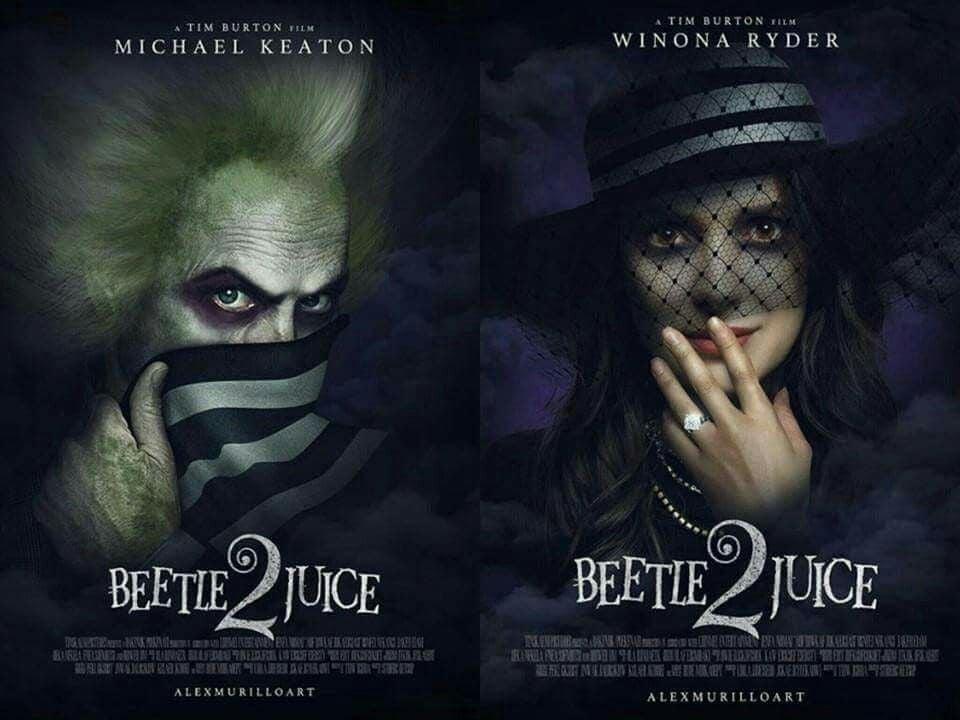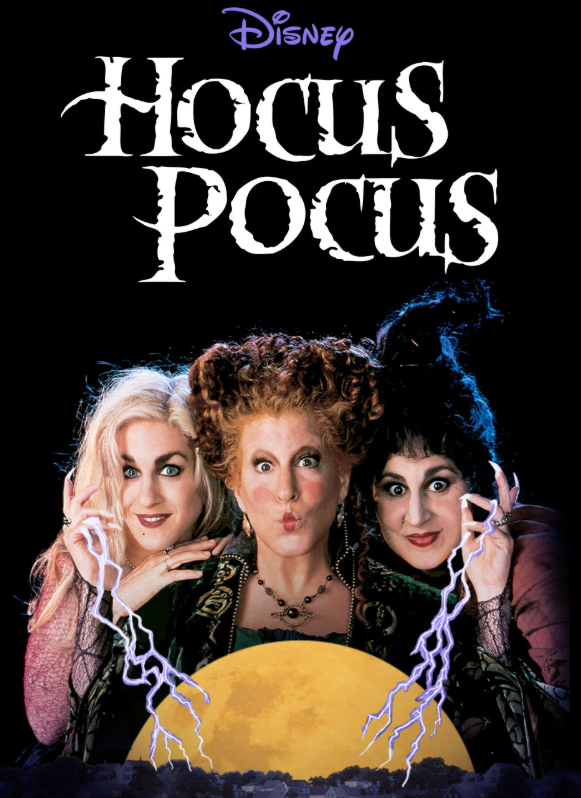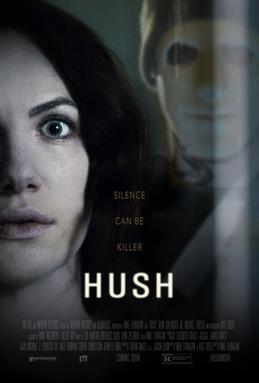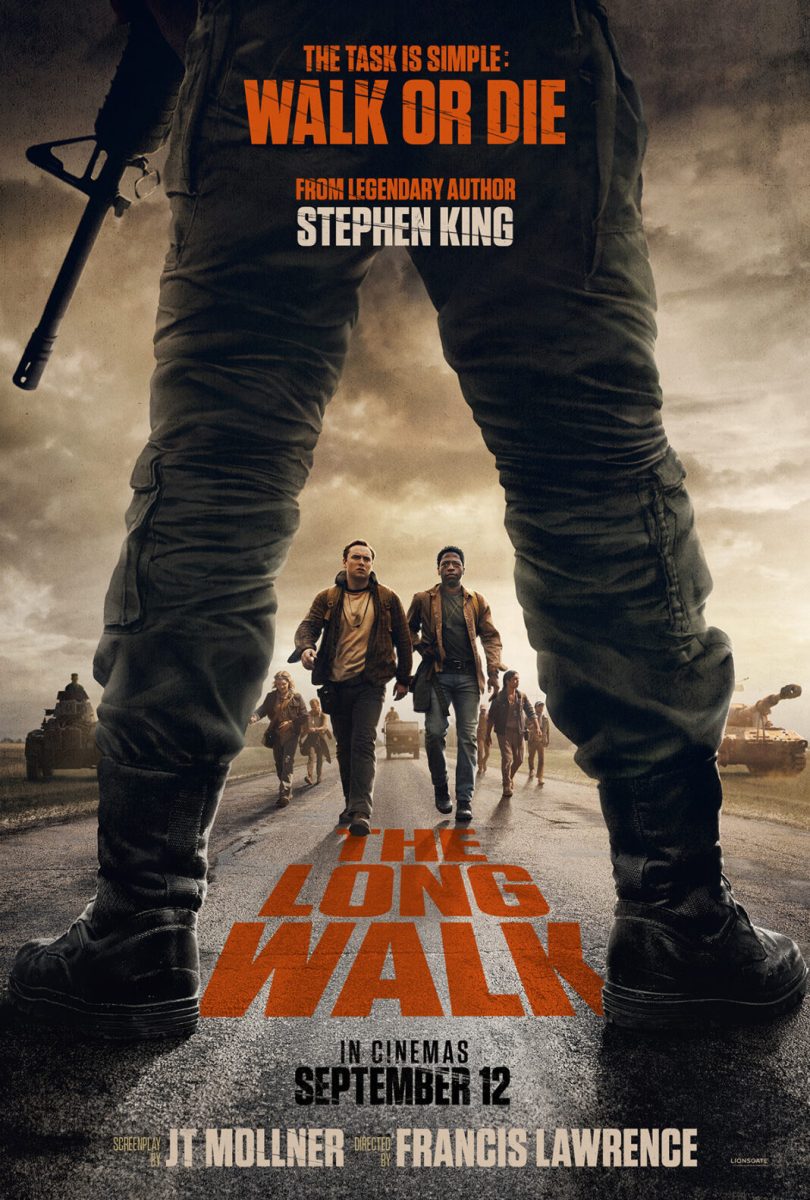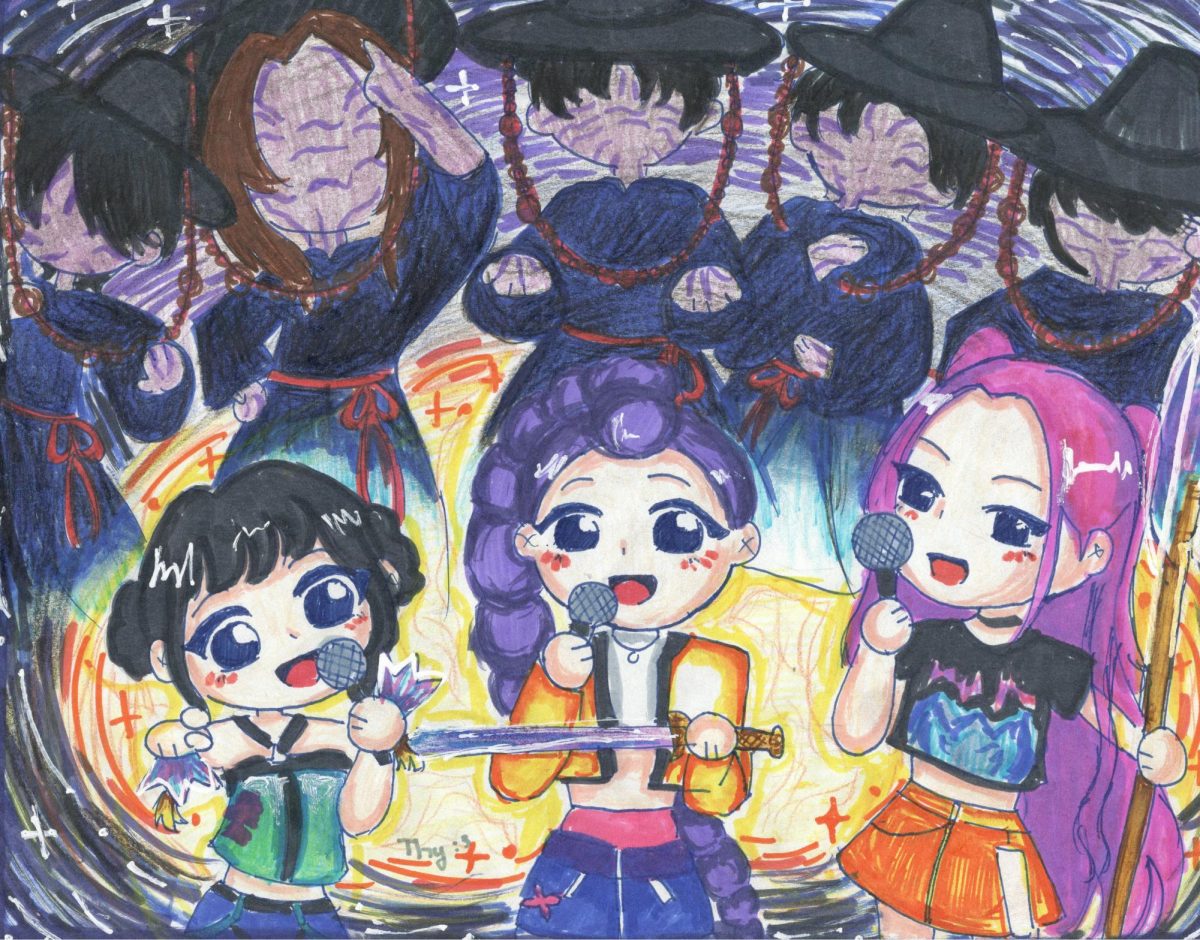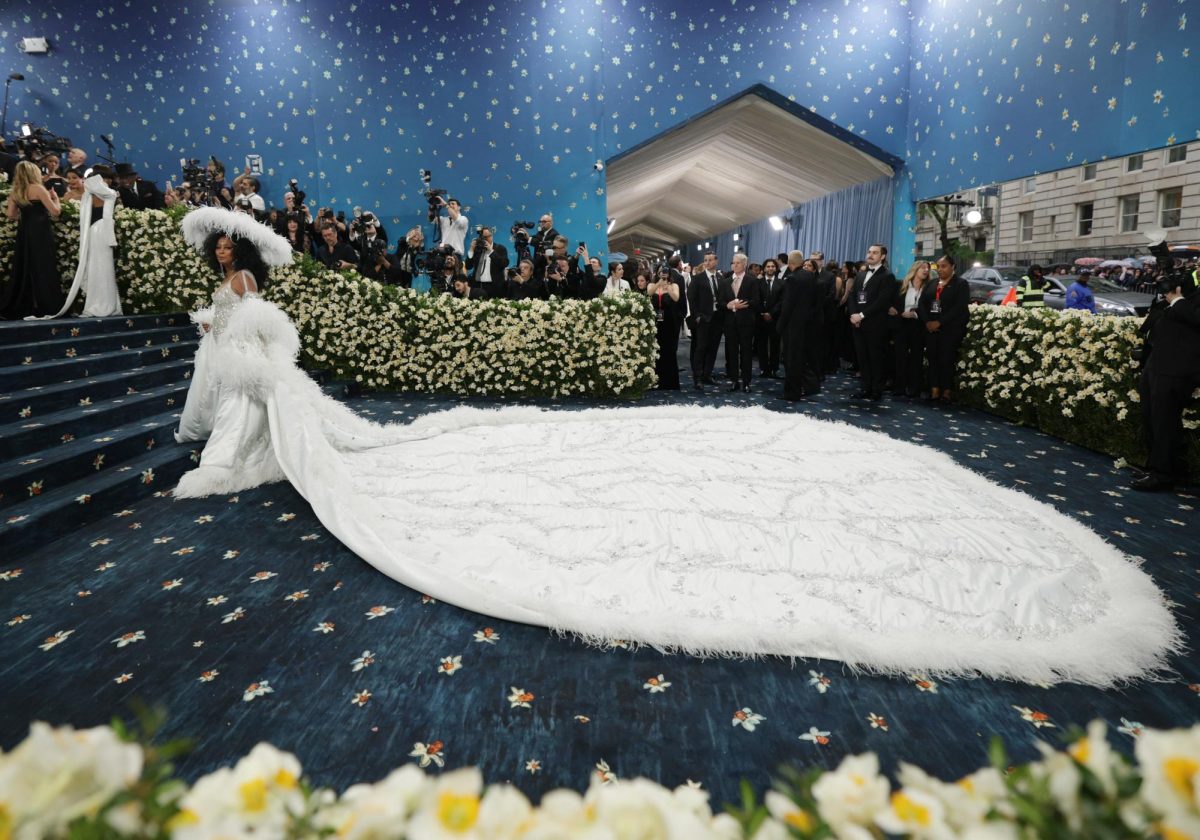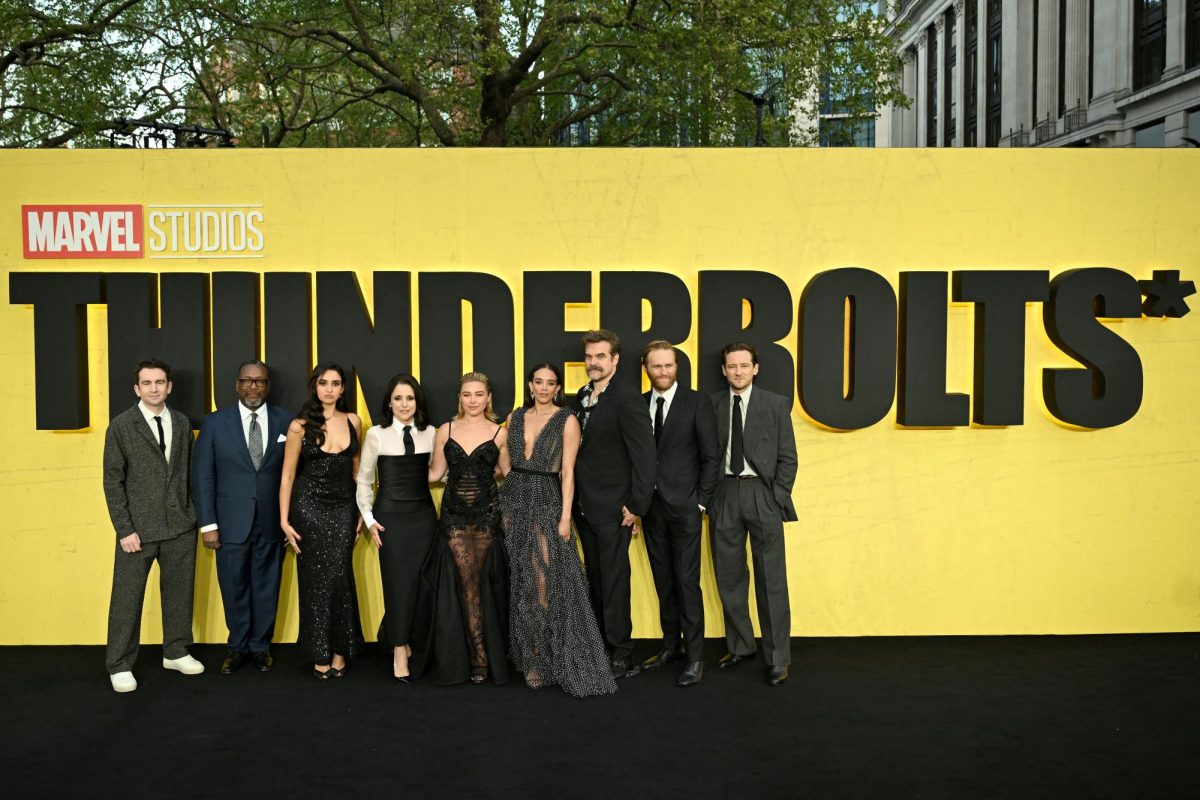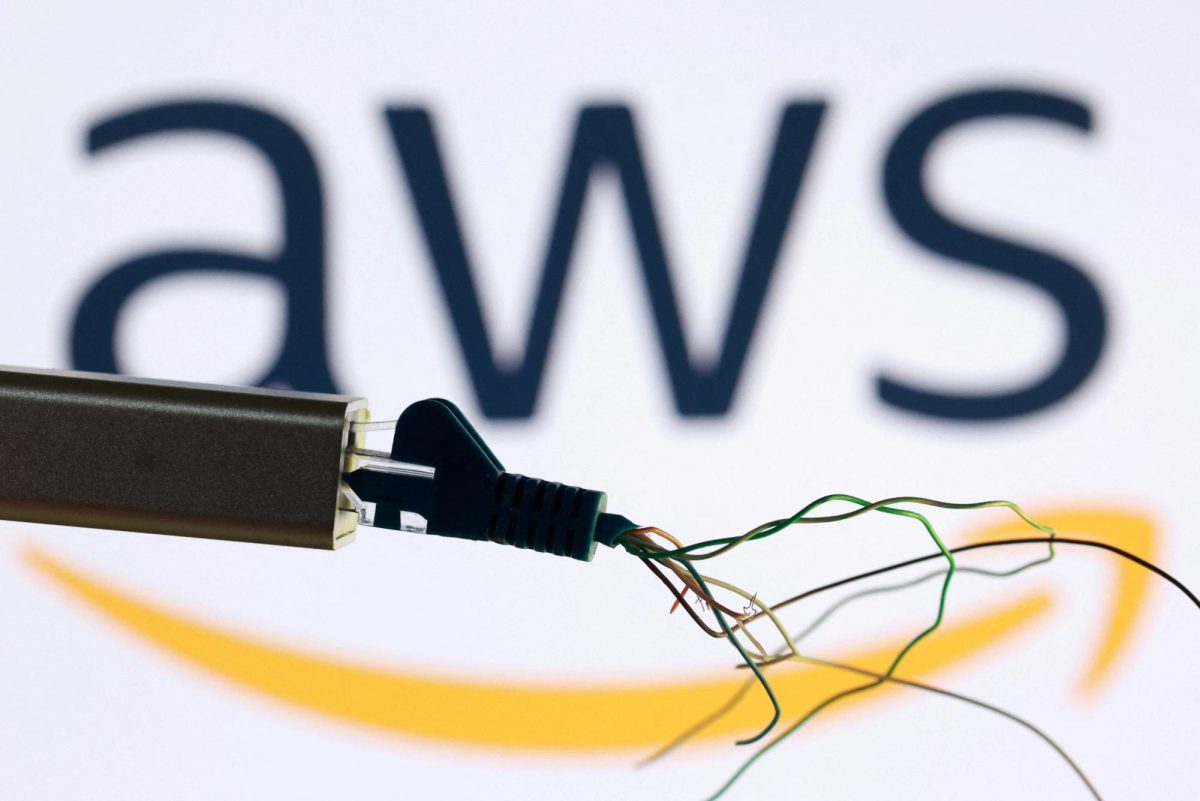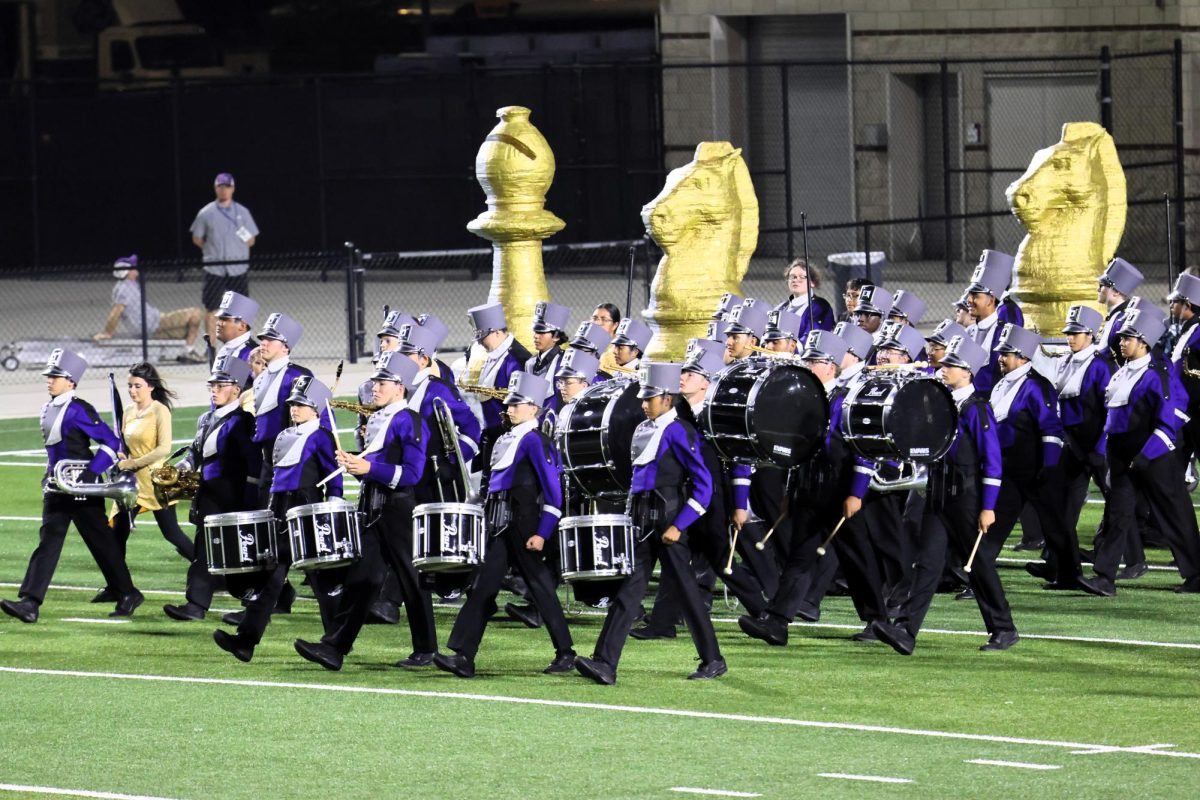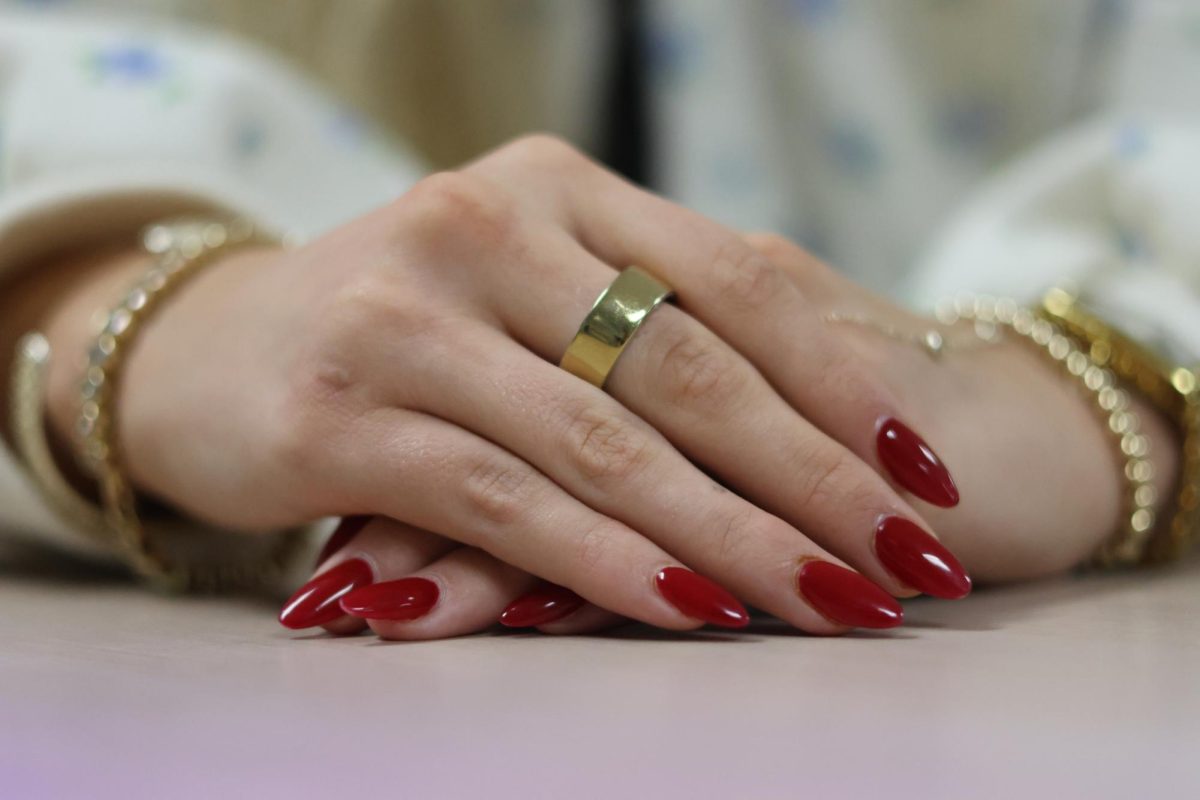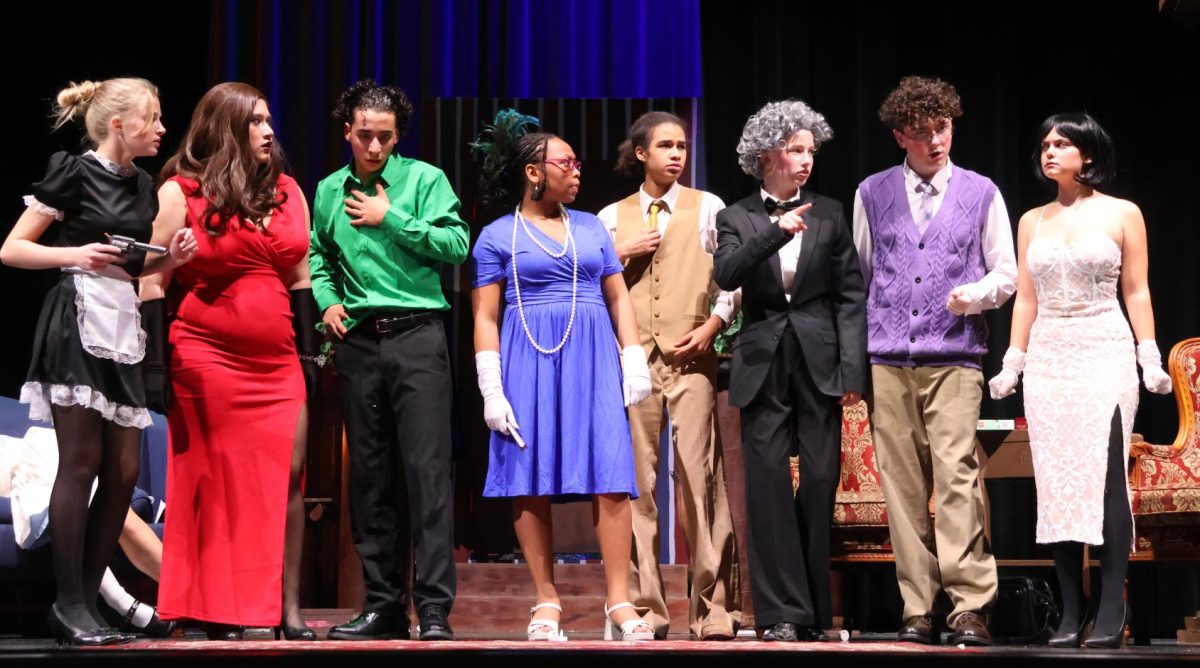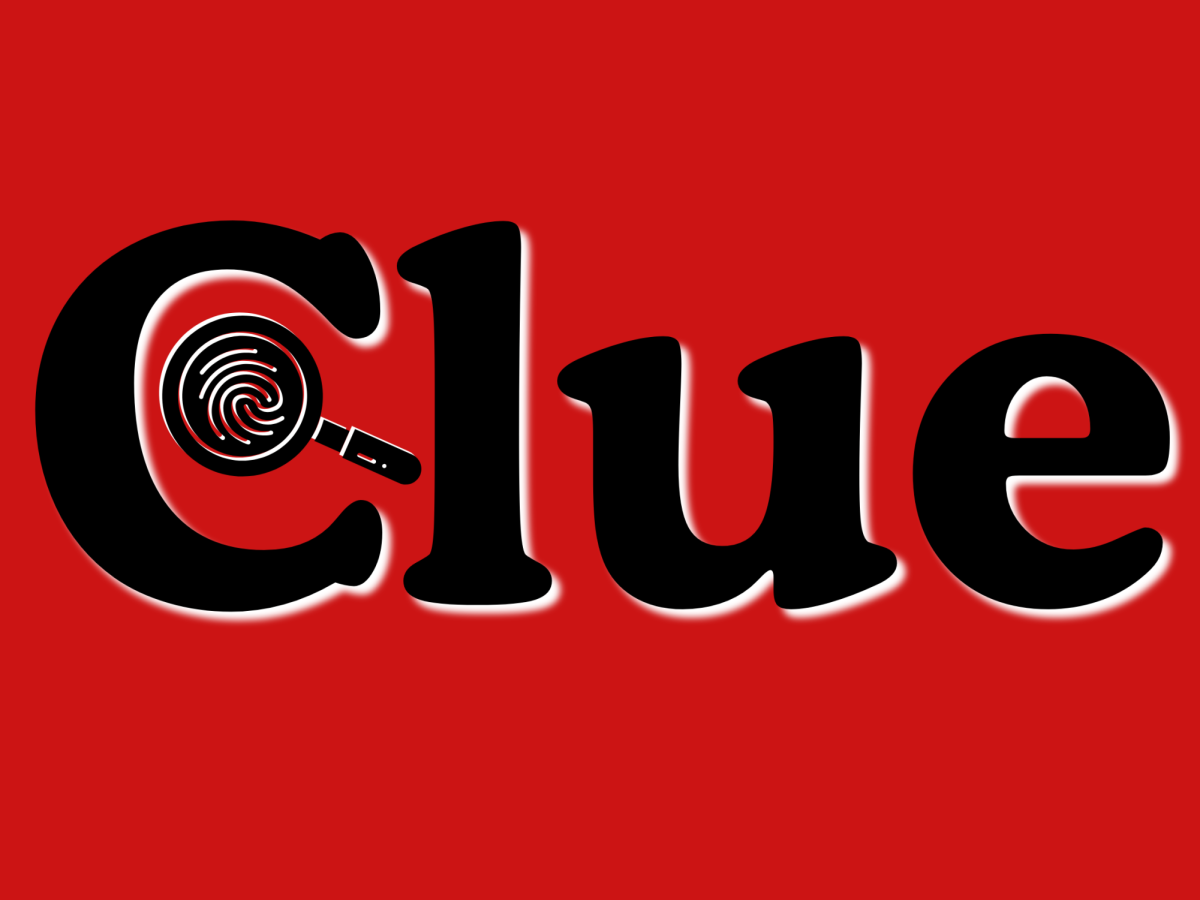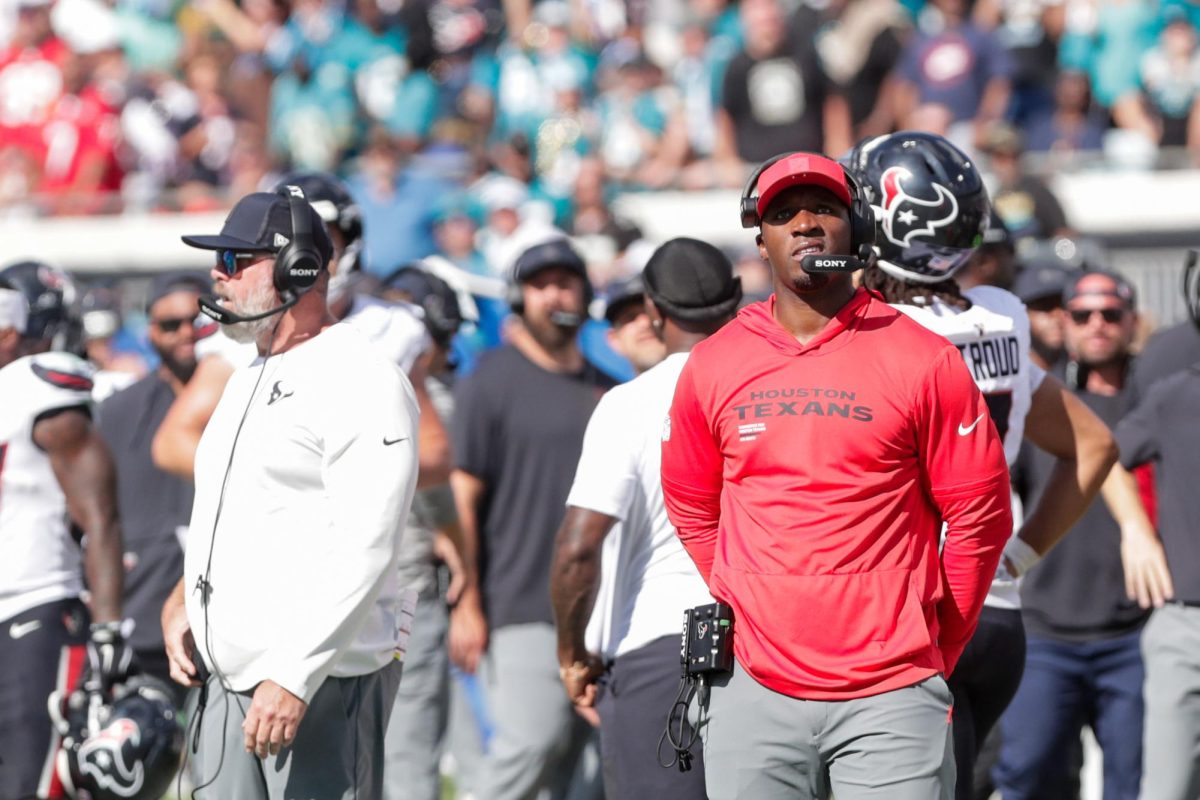Tim Burton’s famous ghost with the most hits the big screens once more after 36 years. With the release of the sequel, our three-saying demon does not disappoint us with a rather fun movie that has huge amounts of comedy and twists that will keep the audience both on their toes, and on their laughs. As Michael Keaton returns to reprise the infamous trickster himself, the movie hits the right spots for viewers. Continuing from the original story of the first film, the movie has shown rather… mixed reviews. However it might be argued that the movie was fantastic, and just falls under the curse of oldheads who need everything to be the exact same with their nostalgia filled brains. Beetlejuice Beetlejuice just hits the right spots you need for a movie trying to compare to its original masterpiece. It thankfully does not stray away from the original at all, and continues on with its huge amount of comedy, highly practical effects, original cast, outstanding music, and much, much more! Let’s take some time to dive into why the Deetz family’s story still holds up to this day.
Our story in Beetlejuice Beetlejuice starts after an ironic 36 year timeskip from the ending of the first film. Lydia Deetz, played by Winona Ryder, now hosts a talk show about how she can see ghouls and ghosts. While interviewing a couple that need desperate help to find out how their house is being haunted, we see the return of our friendly striped ghost, but only Lydia can see him. It’s a prologue that works well, and explains what happened to our main character after the first film. She is still suffering from trauma because of the original incident that happened with Mr. Beetleguese, and has to take more and more medication because of it.
We are also introduced to her love interest Rory, played by Justin Theroux, who also acts as her manager for the talk show. The movie continues to introduce us to the Deetz family, showing us our new young protagonist Astrid Deetz, played by Jenna Ortega, and is Lydia’s daughter. We’re given context that Lydia’s husband had passed away many years before the movie takes place, and that Lydia’s father, Charles Deetz, has just died the same day the movie starts. There’s a lot to unpack here, but it’s a fantastic start to the movie. No string is left unattached, and we pick up in a perfect spot. Time skips are usually frowned upon, but Beetlejuice Beetlejuice does it perfectly, as for every question on what happened in those years that were skipped is answered, we even see Lydia’s mom, Emily Deetz, and how distraught she is over the loss of her own husband.
We’re shown how Lydia has been trying to deal with Beetlejuice’s common trauma trip antics, and how Astrid feels about everything around her. The perfect introduction to a movie is one that doesn’t leave us questioning about the characters, but rather about the plot. Beetlejuice Beetlejuice gives us exactly that, as we’re shown and caught up on what family drama has been happening, what occurred during the time skip, and how our characters are doing, but we’re never exactly told what the main plot of the story is, until the rising action happens in the movie. Tensions aren’t exactly high for a while, but it’s for a good reason, as our ghost with the most might come in with a shock and overwhelm the viewers at another time of the film.
Speaking of Beetlejuice himself, his original film was a masterpiece amongst other critics, but didn’t come without flaws. Many would say the biggest flaw would be the lack of screentime for the character who is the headline of the movie. With a very surprising number, Michael Keaton’s role only had 17 minutes in the original movie. With a total of 94 minutes of runtime, that means Beetlejuice only appeared in 18.09% of Beetlejuice, seems kinda iffy does it not? Well with the sequel the issue has been fixed… mostly. As there was only so much you could fit in a 94 minute run time, the plot was not centered around Beetlejuice as much as you think it would be, rather it was focused on Adam and Barbra, the basic white suburban couple we travel with along the movie. However, with Beetlejuice Beetlejuice, the run time now stands at… 92 minutes? So if the new movie is barely shorter by 2 minutes, what gives? How is Beetlejuice appearing more in this film?
The plot in Beetlejuice Beetlejuice more so centers around the possible return of Beetlejuice himself. As with the family issues between the Deetz, it gets to higher stakes fairly quickly, as even Astrid midway through the movie finds the original poster for Beetleguese’s advertisement. The movie also has just a shorter run time, with the plots that are happening all throughout the movie connected to Beetlejuice one way or another. So it feels as if the demon appears more, which is definitely a positive thing about the movie, even if somehow he still has the same amount of screentime with 17 minutes in both films. Despite the exact same amount of screentime as the last movie, we see a bigger percentage of Beetlejuice in the film. With a barely higher number of 18.48% having Beetlejuice in it, this feels almost pointless, but it feels a lot better than it sounds because of our scattered plot lines connecting.
Straying away from the plot for just a second, it’s probably important to mention why Beetlejuice’s screen time seems so… little. There were a load of reasons as to why this happened. One of the bigger ones though was revealed to us through an interview with two of the writers of both the original and sequel, Miles Millar and Alfred Gough. In the interview Miles explained, “He’s such a fun character to write, but… he’s not the protagonist. It makes you think harder about what those scenes are going to be, and what his contribution to the movie is.”
This is a perfect approach to the film, as Beetlejuice’s existence is an annoyance to the characters, and the main conflict of the story. He gets in the way, but you will never know when, as the trickster demon himself this fits appropriately. And with a film that has more focus with the plot being on Beetlejuice, it makes the movie feel more fleshed out with the main title character compared to the first film. Alfred had also added, “It feels incredibly satisfying, and like you’ve spent a lot more time with him than you think. That’s the magic trick of the character.” With Beeltejuice’s frequent interruption of family business, this works perfectly for the undead creature. More interactions happen with Beetlejuice between other characters, more events happen with him, we see his point of view a lot more, in general we just get a lot of more of the guy, and it makes it feel more special compared to the first film, which gives us a huge positive on the sequel’s behalf. As explained with our mentioned interviewed writers of both films, Micheal Keaton himself and Tim Burton both played a huge role as to why Beetlejuice is written the way he is.
During the time period of when Beetlejuice was being created, back in 1988, CGI had started to roll around the corner, and take the entire filming industry by storm. The Breakfast Club, Heathers, Die Hard, Footloose, The Princess Bride, all famous examples of 80’s movies. Some of them were huge contributors to the CGI praise. There are two films that came up in the conversation of the CGI argument back then. Ghostbusters, and E.T, both released in the 80’s. Michael Keaton had a huge standpoint on the use of CGI, and commonly compared both of the films’ use of it. From Michael’s perspective, Ghostbusters took away from the magic of what a film should be, with all of the effort that gets put into practical effects. Most if not all of the film was CGI, and Keaton was not too happy about the industry changing like this, especially with how well Ghostbusters sold at the box office. As for E.T? Keaton had loved it, as there was rarely any use of CGI, and the E.T alien itself was a full on animatronic puppet hybrid. Keaton did not receive a lot of praise for his standpoint, until Tim Burton came into the picture. Tim Burton had offered Michael Keaton the role of Beetlejuice, and he gladly accepted, as Tim Burton is very much well known for using all practical effects in his films no matter what. When Keaton had read the script though, he was confused. There were little to no lines in the handmade version of the script, but it was done on purpose. Keaton was allowed to improvise over 85% of his original lines in Beetlejuice, and his scenes were all finished in just one day. It explains the screen time sure, but it shows the effort that was put into the original film.
This is significant in understanding the second film, as all of the practical effects, the improvisation, the lack of CGI, the magic in Beetlejuice’s writing, all of that still remains in the film, and keeps it up to par with what made the original film so beloved. The filming location of the sequel is even in the same spot in the town of Corinth, Vermont. Tim Burton’s goal with the film was an overall success, as it took Michael Keaton forever to ever be on board with doing another film. But with the shot the both of them took, as Keaton himself would now be helping with the script, the movie was a smash hit. With the movie’s expensive budget of $100 million, it was all worth the blood sweat and tears at the end, as the movie has made $1.137 Billion at press time. With all of the practical effects still in play, it makes the movie a very impressive feat to stand on its own, without even including the amazing soundtrack, or brilliant acting. However, the plot thickens with the movie, as there’s more to go over with the story.
Without spoiling the movie, it’s important to go over the conflict between Lydia and Astrid throughout the entire film. Both Lydia and Astrid are taking the loss of their husband/father hard. Multiple times throughout the movie it’s shown that Lydia isn’t the greatest mother, as her relationship with Rory sets up a lot of tension after her husband’s death. Astrid, not too pleased with how Lydia is attempting to take care of Rory, believes that Lydia isn’t caring a lot about what happened to the father of the family. Constant moments of her outbursting at Lydia occur from the bottled up emotions of the grief she lost. This works incredibly for the movie in today’s world. This constant conflict that happens with Astrid and Lydia represents modern age parents/teens, and how their conflicts between one another can arise after grief. When Lydia attempts to talk to Astrid about how she’s able to see ghosts and ghouls, Astrid always asks why she can’t see her dad, but Lydia’s lack of an answer constantly beckons Astrid and makes a really interesting dynamic of questioning as the viewer, and relating. Mental health can be a devastating topic for most people, but Beetlejuice, Beetlejuice unironically does it very well. In the year 2024, 20.1% of the U.S. 12-17 years old population has been diagnosed with depression. With Astrid’s constant outbursts, and disconnection from her mother, it’s obvious what the representation is, and it plays into both the audience and the story very well.
Overall, Beetlejuice Beetlejuice seems to be a smash hit amongst viewers who loved the original, and folks who count the dollars at the box office. Between having the same original cast, having a great introduction, focusing more on Beetlejuice himself after fan feedback, capturing good writing with characters, using full on practical effects, using a budget to its fullest, and having dynamics in the story that correlate to society, the film has a lot going for it and might be recognized as a fantastic sequel in the future amongst critics.


